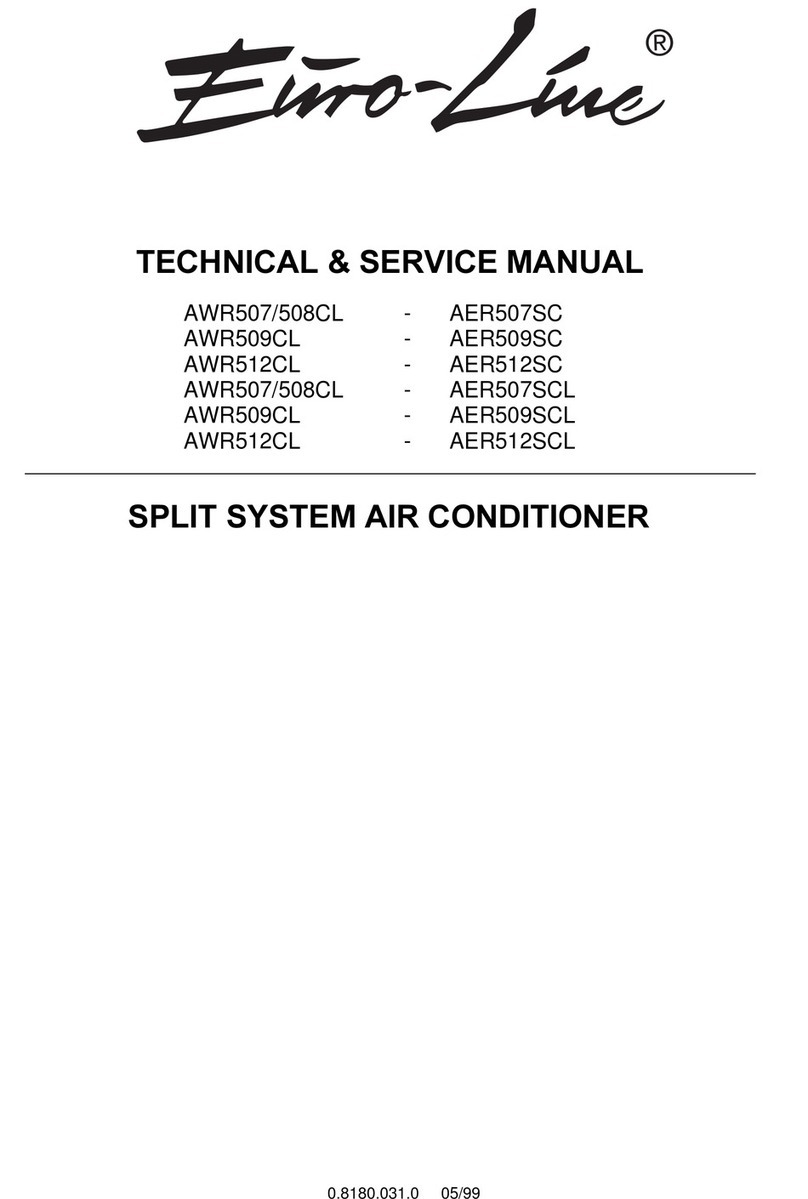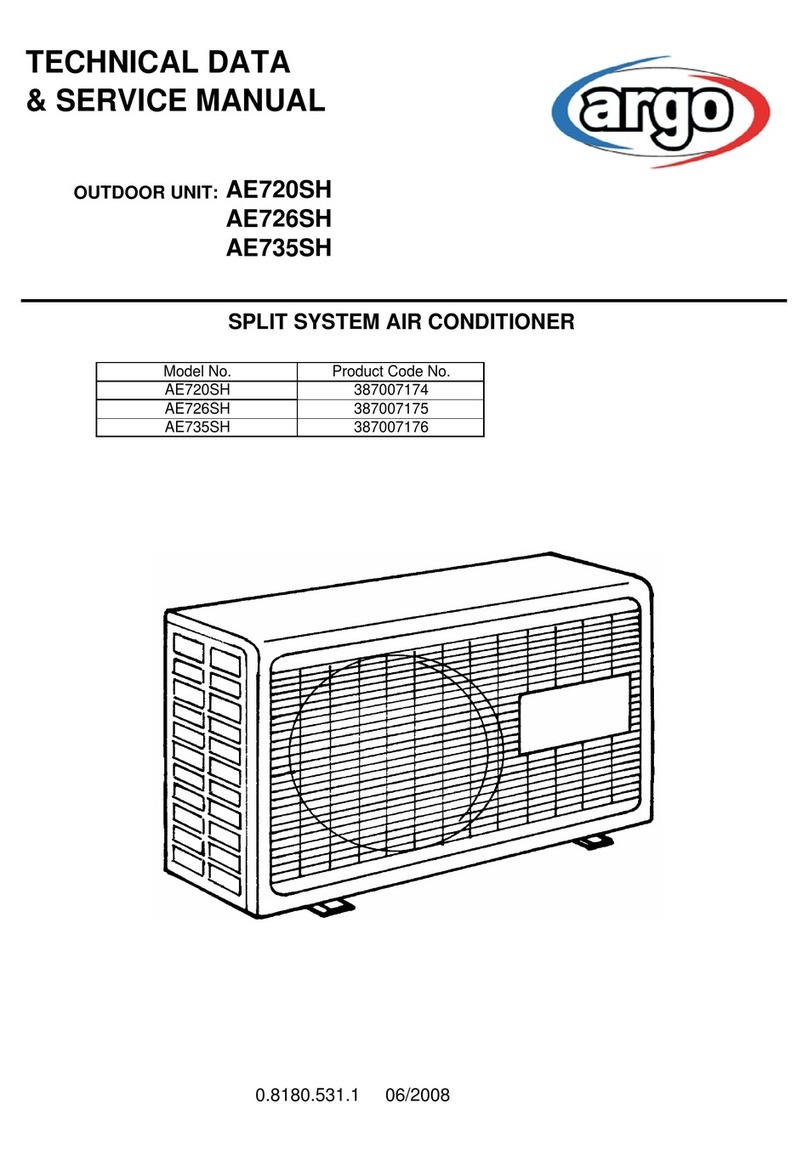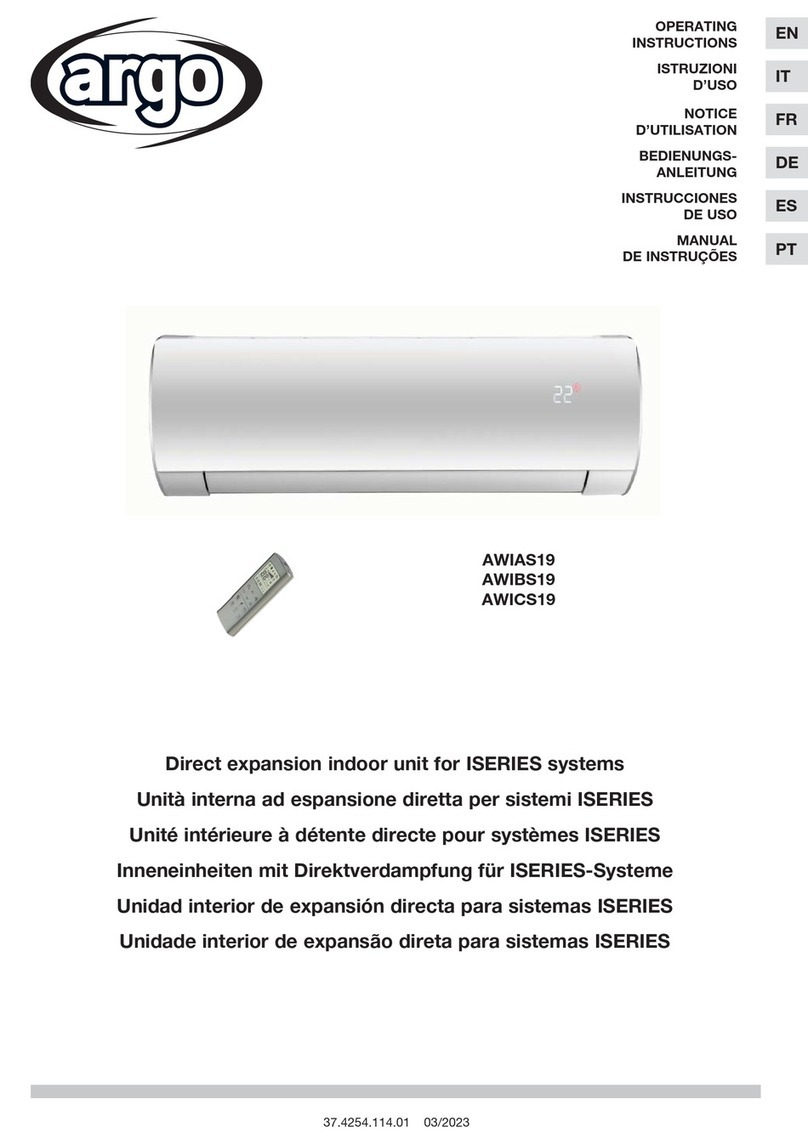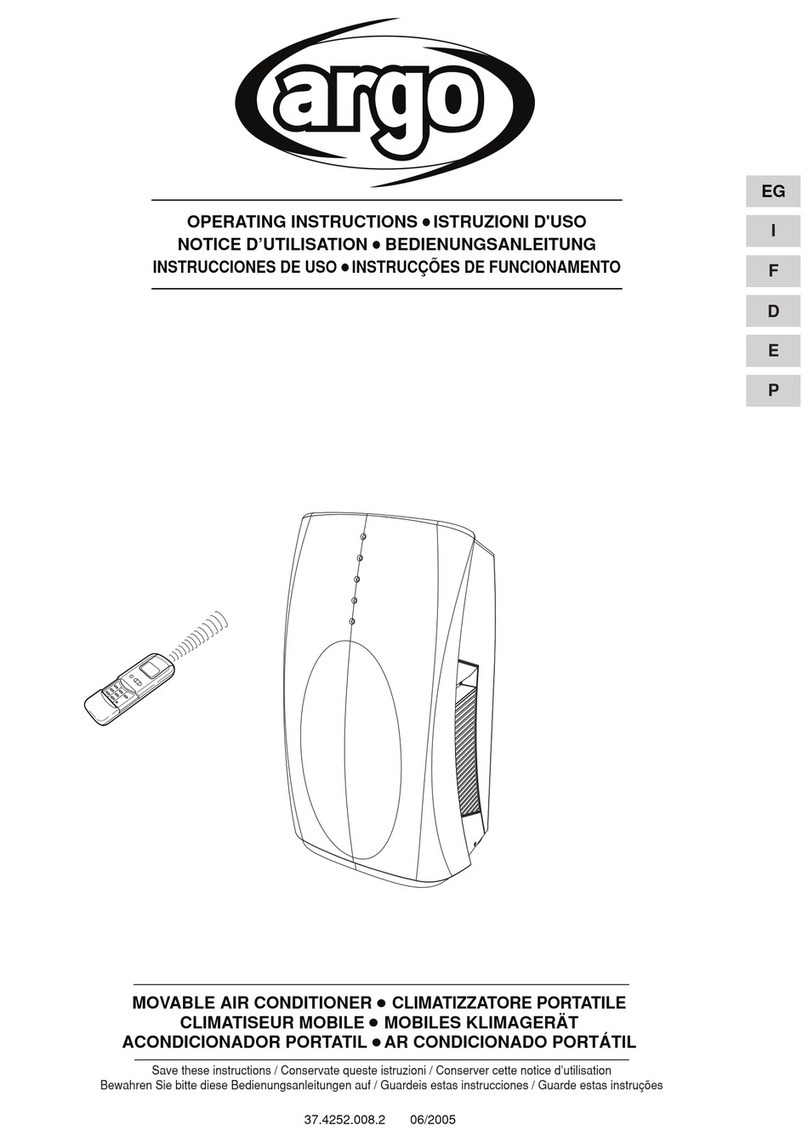Argo Ecolight Dual 14000 UE Operating manual
Other Argo Air Conditioner manuals
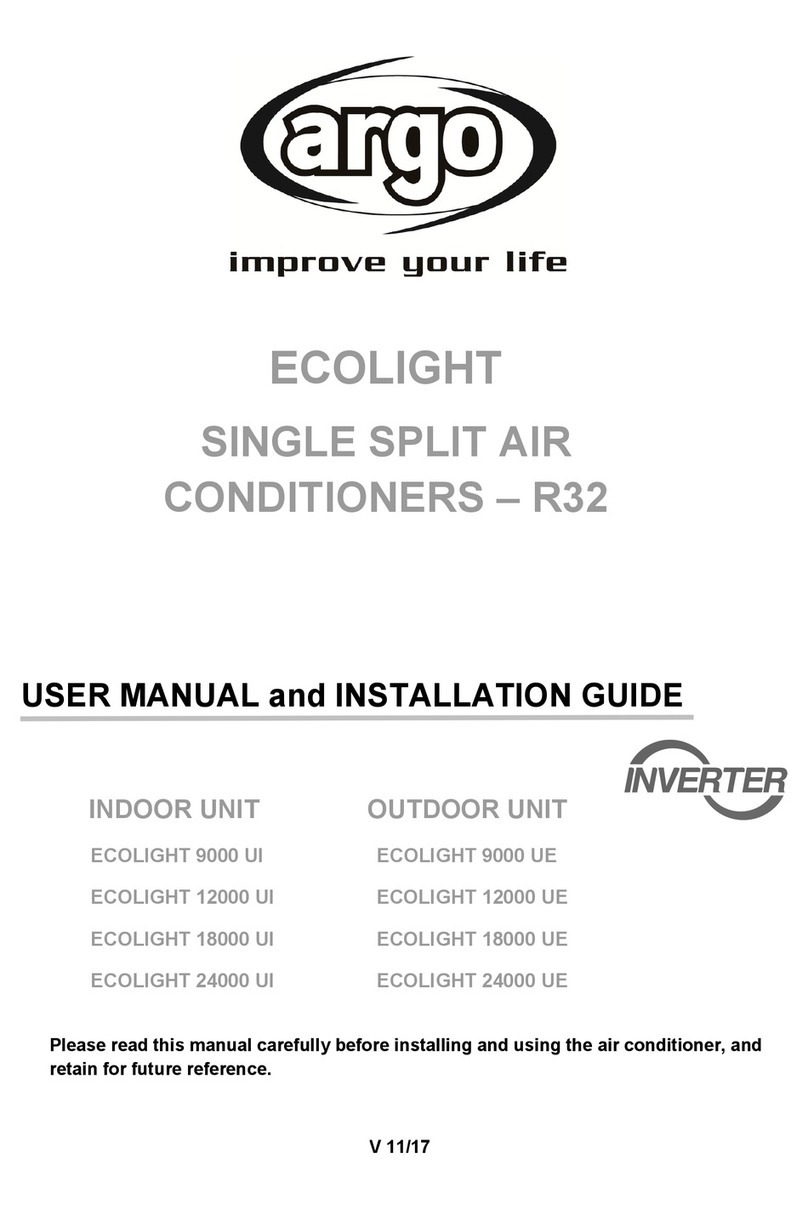
Argo
Argo Ecolight 9000 UI User manual

Argo
Argo AGW52RH U.I. User manual
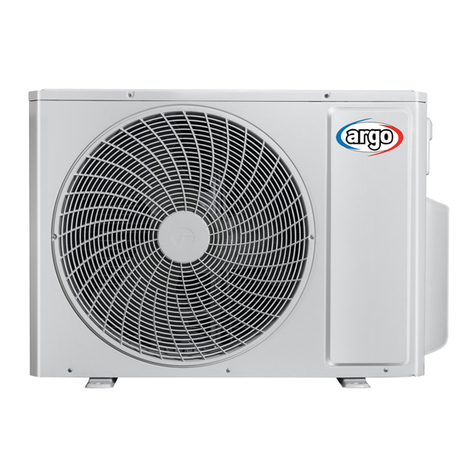
Argo
Argo DUAL 14 DCI R32 Operating manual
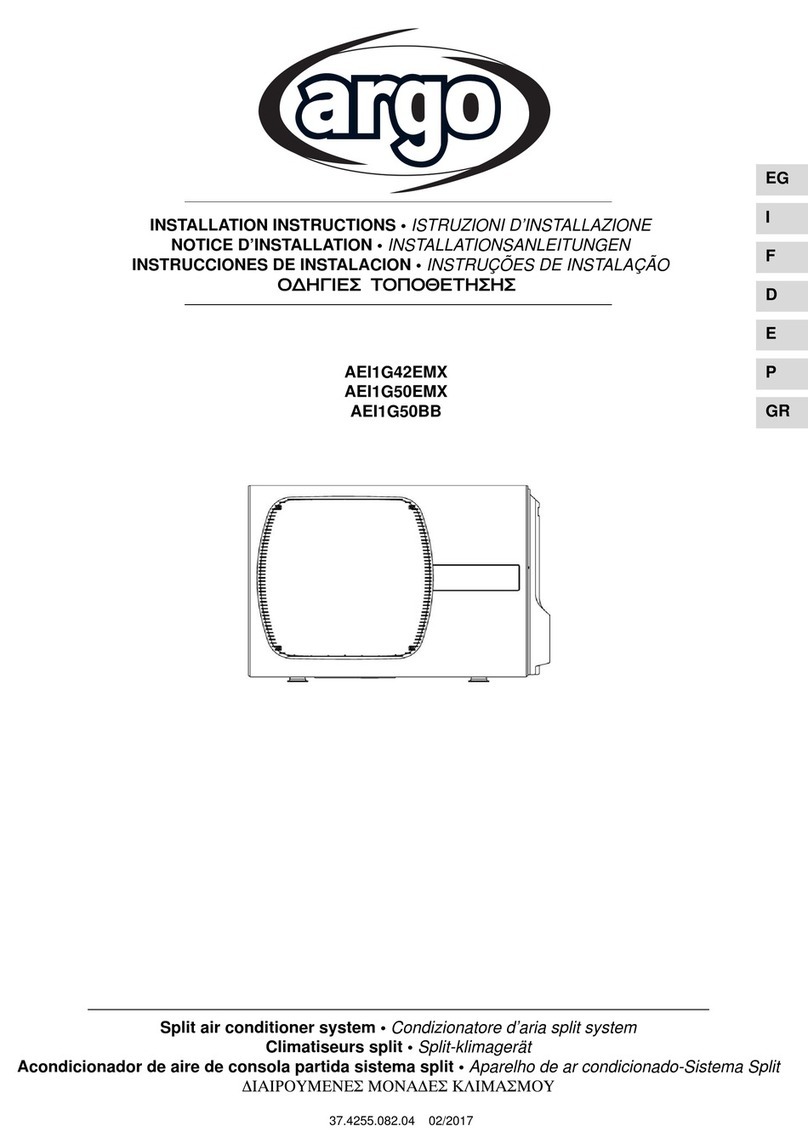
Argo
Argo AEI1G42EMX User manual
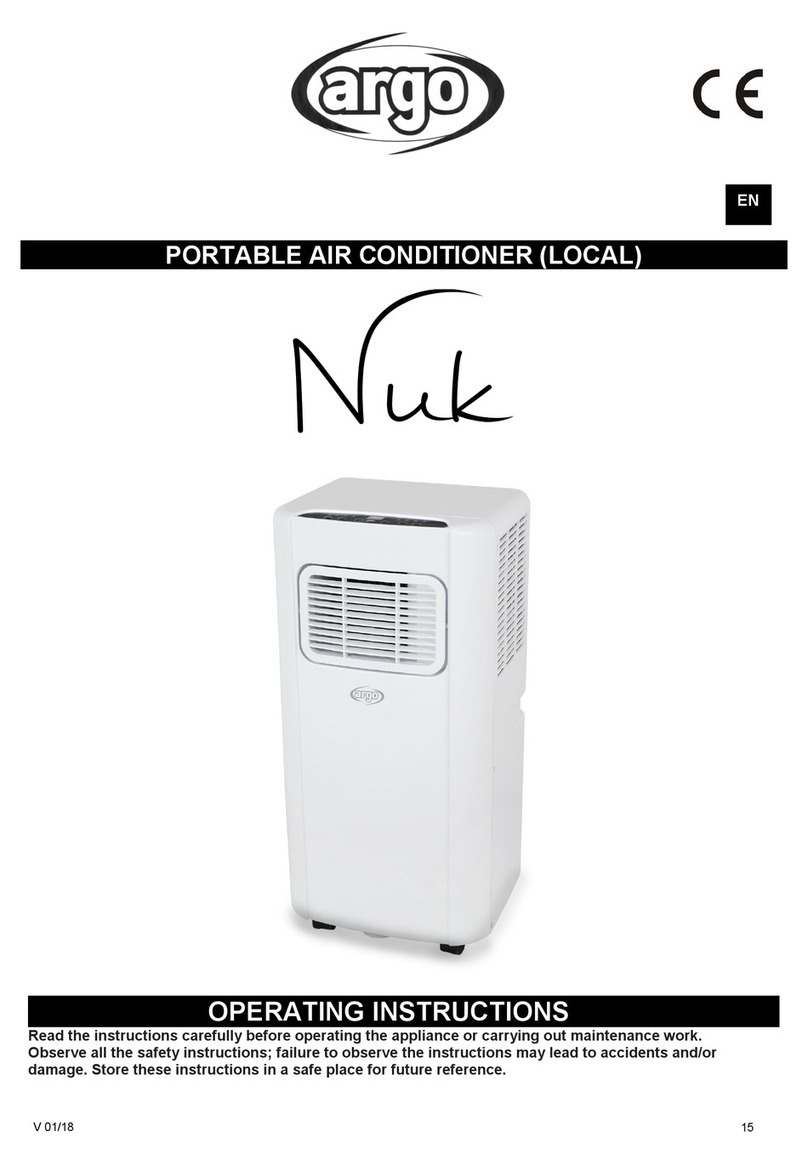
Argo
Argo Nuk User manual

Argo
Argo DSAV92R5TAA Manual
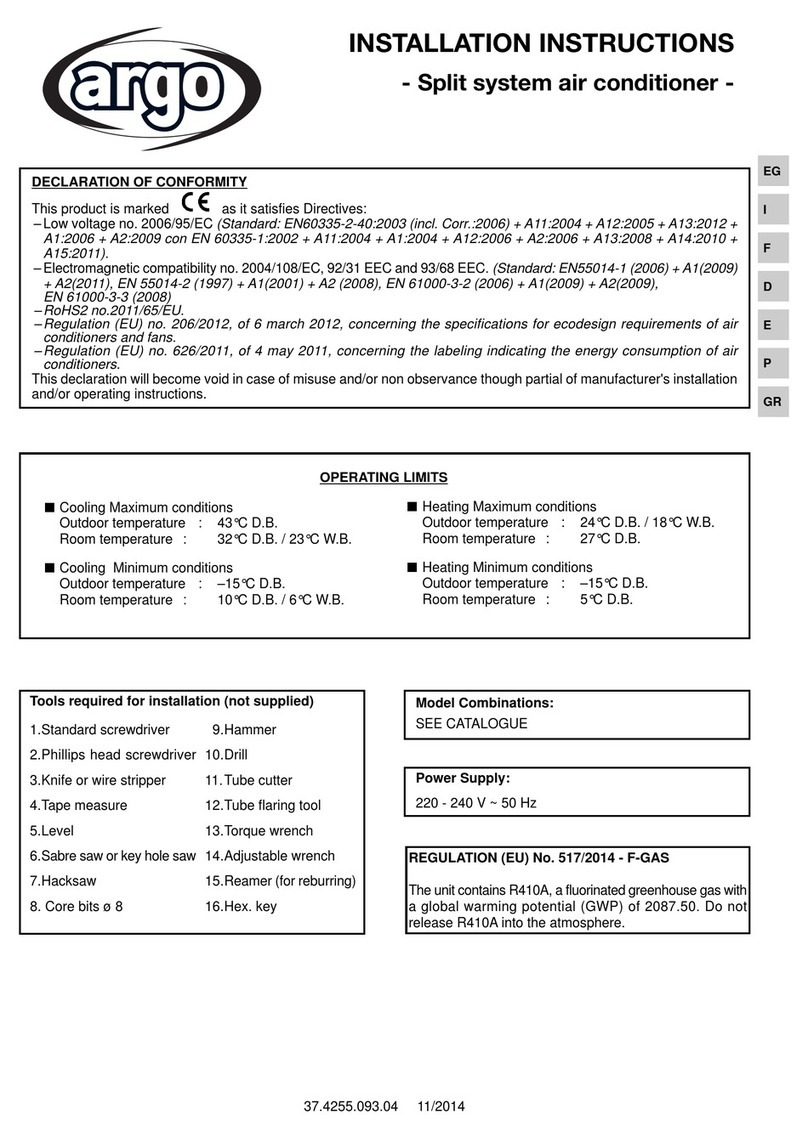
Argo
Argo AWIAS12DC User manual
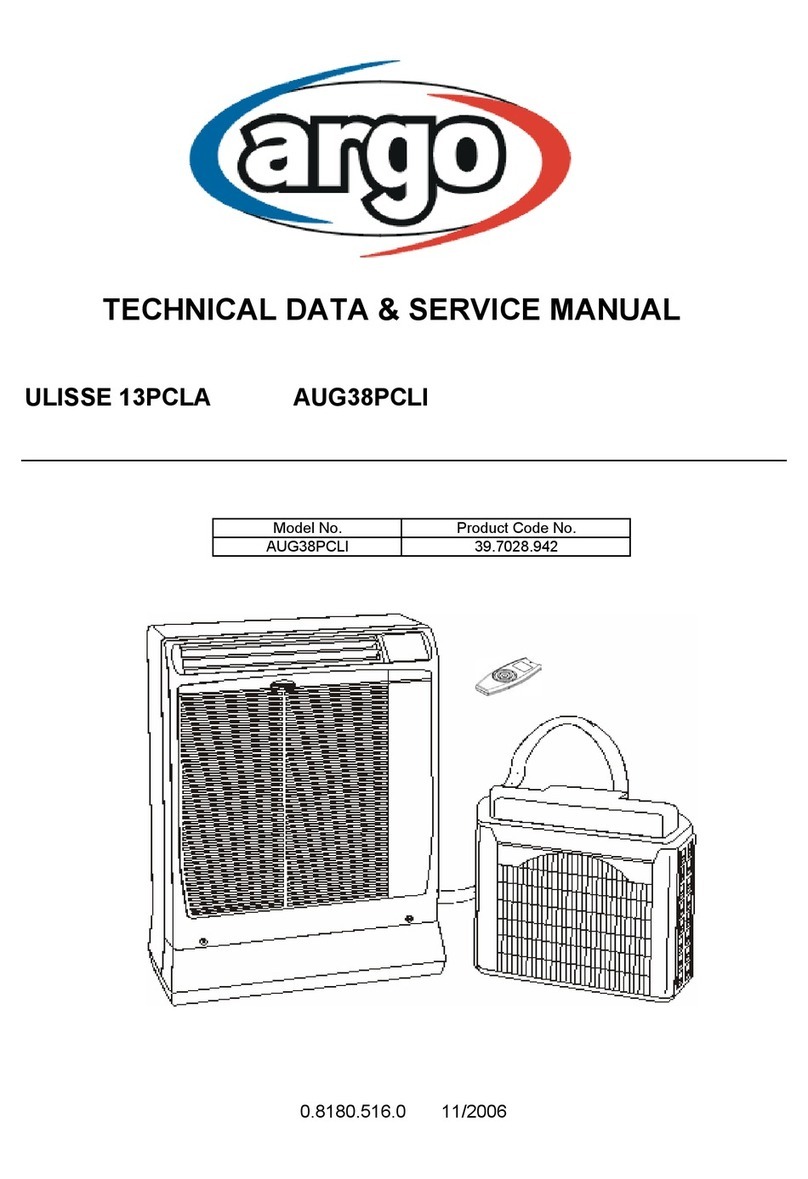
Argo
Argo AUG38PCLI Manual

Argo
Argo ASIAS8DC User manual

Argo
Argo CAFM255R5I Manual

Argo
Argo X3MI ECO 61SH User manual

Argo
Argo AWIAS19 User manual

Argo
Argo WALL 18000 UE Manual
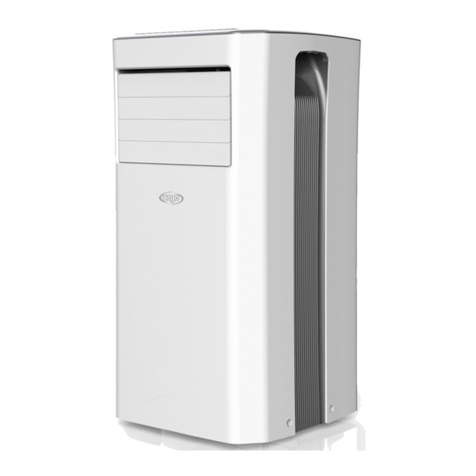
Argo
Argo Glamour User manual
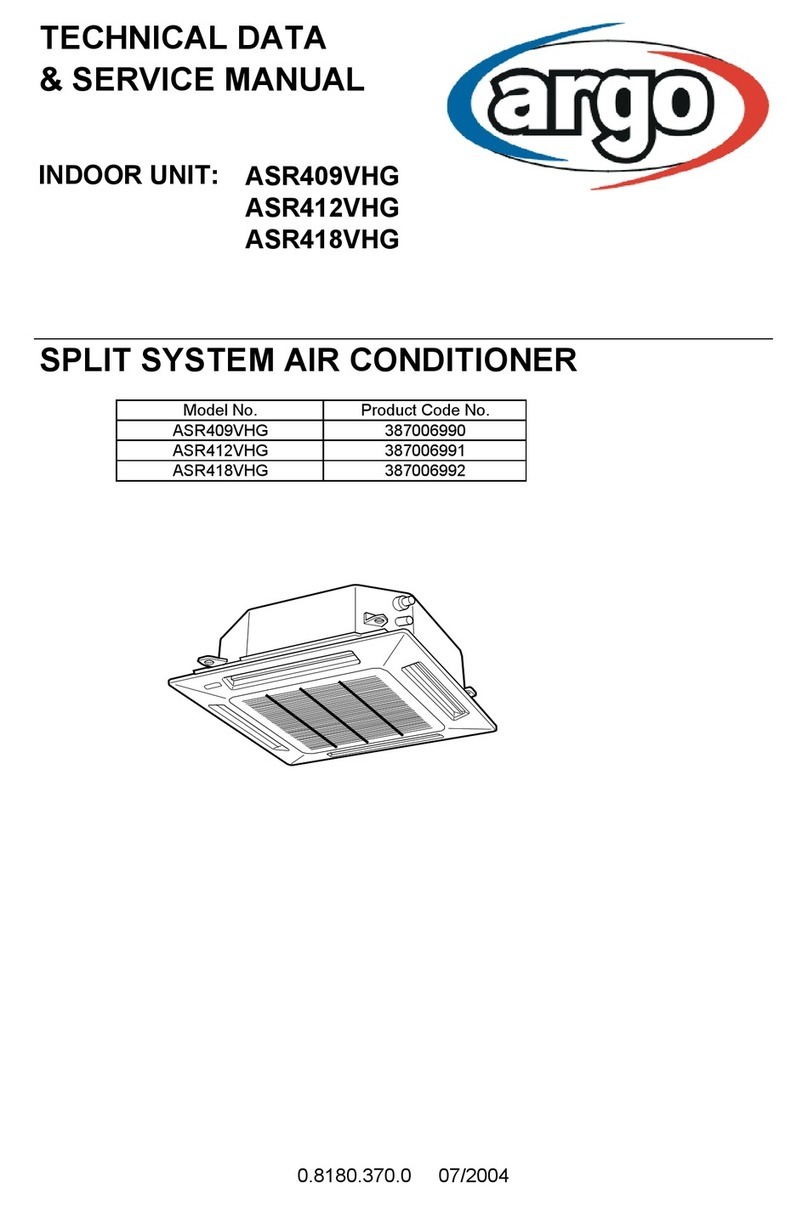
Argo
Argo ASR409VHG Manual
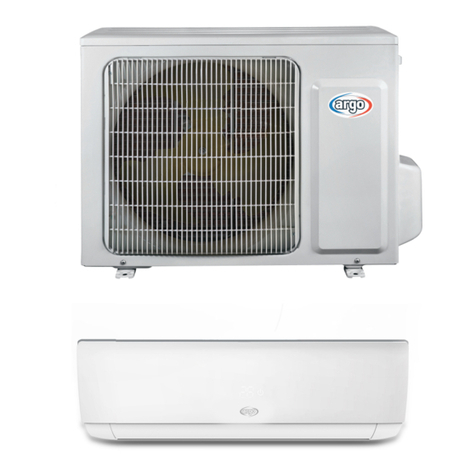
Argo
Argo ECOLIGHT 9000 IU Manual

Argo
Argo AWIBS9 Manual
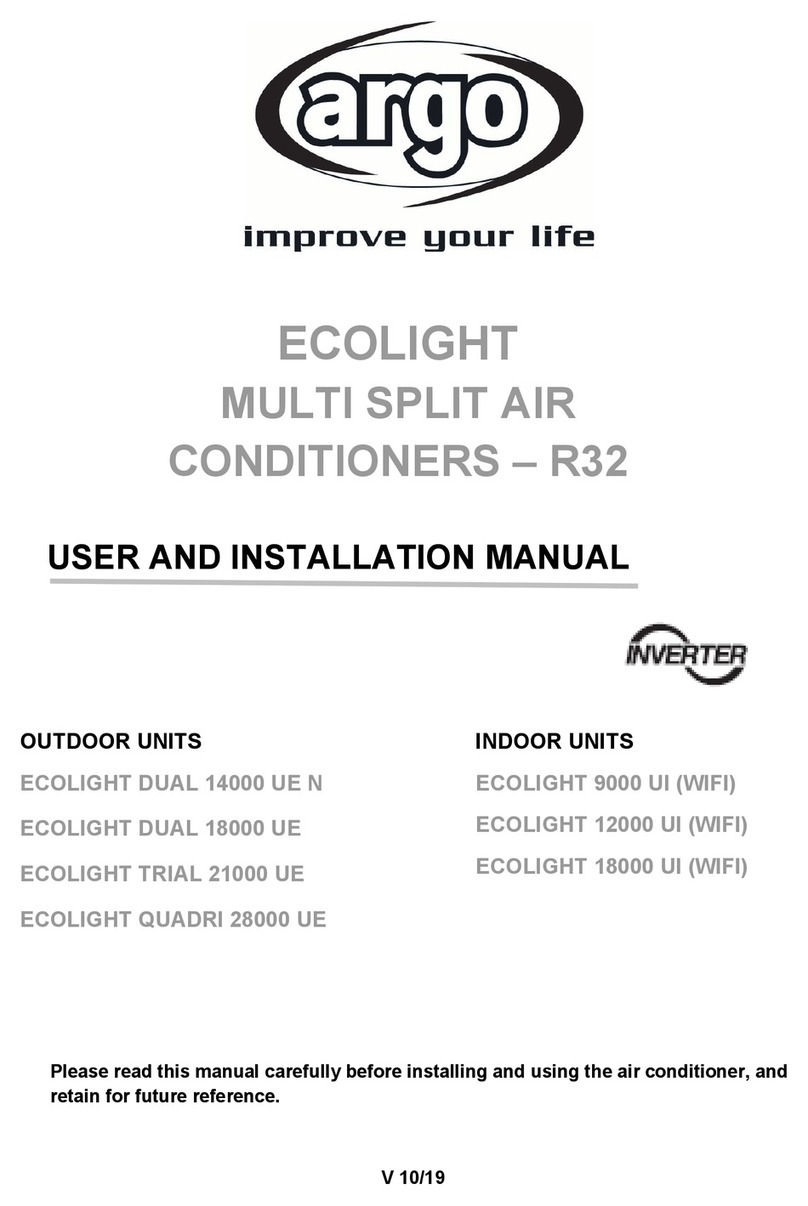
Argo
Argo ECOLIGHT DUAL 18000 UE Operating manual
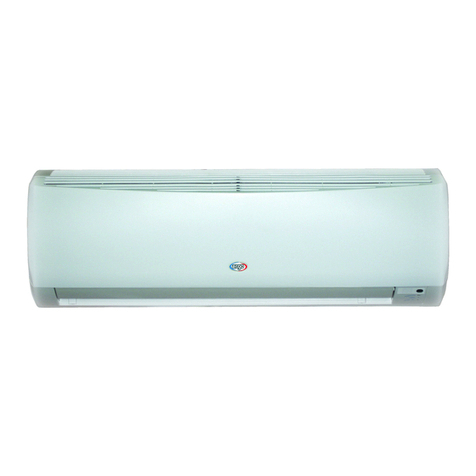
Argo
Argo X3MI ECO 52SHB Operating manual

Argo
Argo AWG15MH User manual
Popular Air Conditioner manuals by other brands

Fujitsu
Fujitsu ASYG 09 LLCA installation manual

York
York HVHC 07-12DS Installation & owner's manual

Carrier
Carrier Fan Coil 42B Installation, operation and maintenance manual

intensity
intensity IDUFCI60KC-3 installation manual

Frigidaire
Frigidaire FAC064K7A2 Factory parts catalog

Sanyo
Sanyo KS2432 instruction manual

Mitsubishi Electric
Mitsubishi Electric PUHZ-RP50VHA4 Service manual

Panasonic
Panasonic CS-S18HKQ Service manual

Panasonic
Panasonic CS-E15NKE3 operating instructions

Gree
Gree GWH18TC-K3DNA1B/I Service manual

Friedrich
Friedrich ZoneAire Compact P08SA owner's manual

Daikin
Daikin R32 Split Series installation manual
